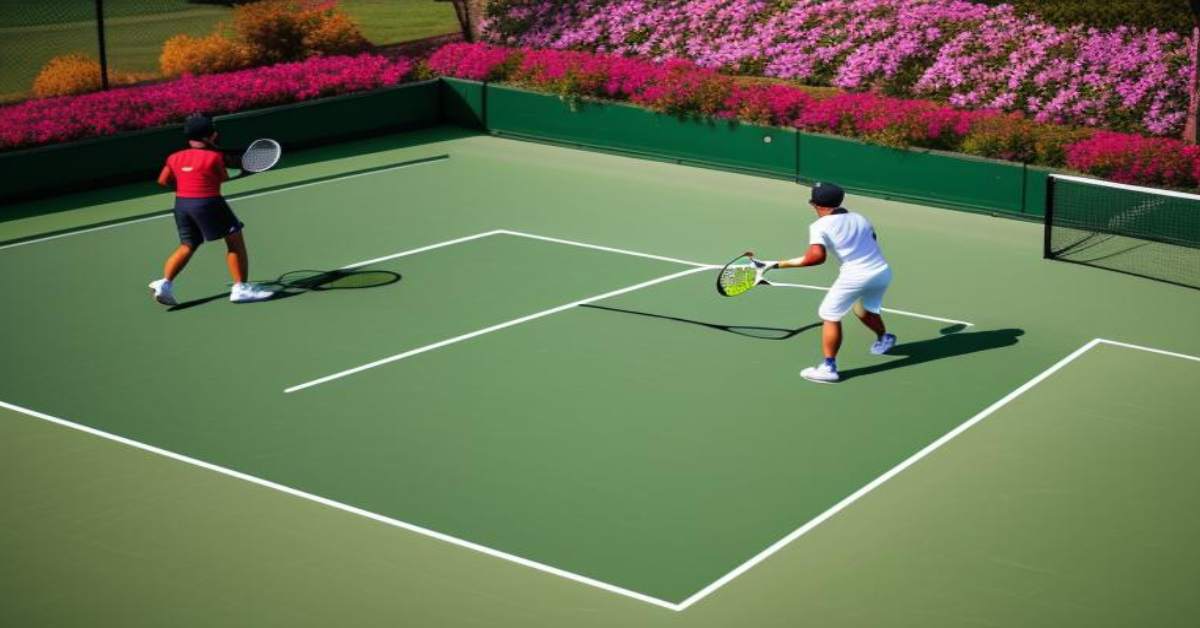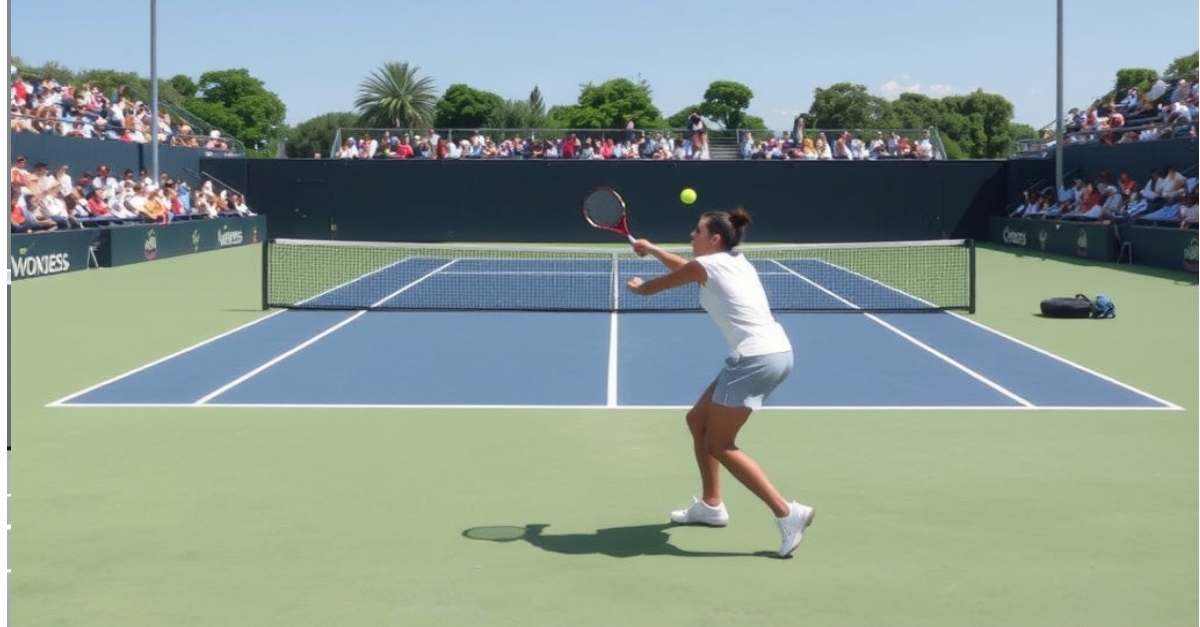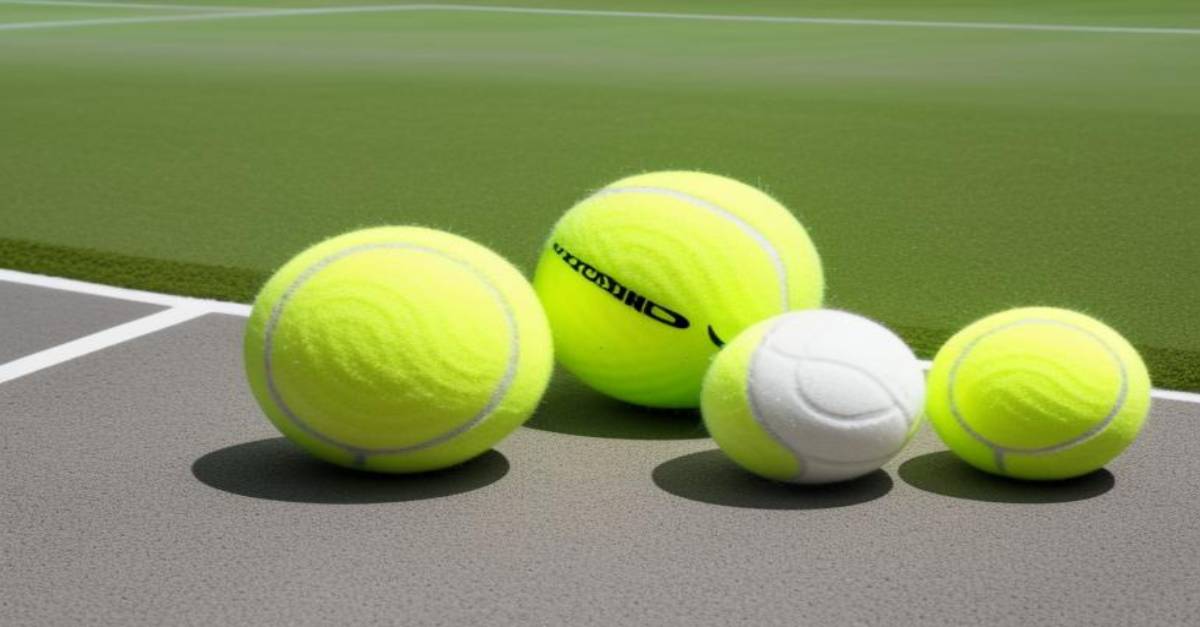A walkover in tennis occurs when a player or doubles Team wins a match by default because their opponent(s) fail to show up or withdraw from the competition for reasons like injury or illness. This automatic win advances the present player or Team to the next round without playing the scheduled match.
Famous Walkovers in Tennis
Several notable instances highlight the impact of walkovers in tennis history:
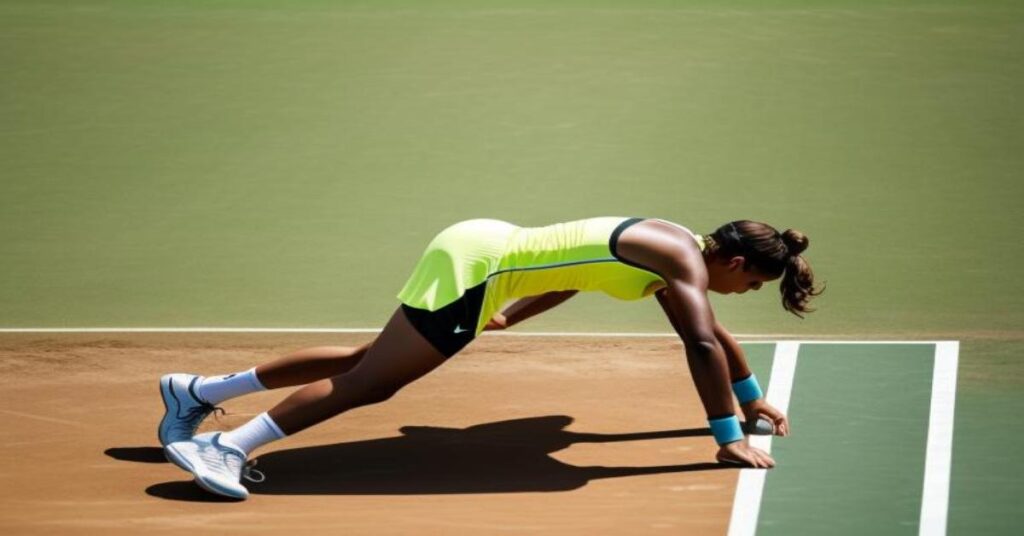
- Serena Williams received a walkover to the Wimbledon quarterfinals in 2015 when Maria Sharapova withdrew due to injury.
- Andy Murray advanced to the Australian Open semifinals in 2019 after Alexander Zverev pulled out because of a hamstring injury.
- Novak Djokovic moved to the fourth round of the 2020 US Open with a walkover after Pablo Carreño Busta retired mid-match due to injury.
- Roger Federer secured a walkover victory over Novak Djokovic in the 2014 ATP World Tour Finals when Djokovic withdrew due to illness.
Official Rules for Walkovers
According to official tennis rules, a walkover is awarded if:
- A player or Team cannot compete due to valid reasons like injury or illness.
- The tournament referee or organizing committee decides, often advised by medical professionals.
- The withdrawing player or Team must provide medical certification or undergo a tournament medical assessment.
Impact on Tournaments and Player Performance
Walkovers can significantly affect tournaments and players:
- Tournament Dynamics: They alter match schedules and player progression, requiring quick adjustments.
- Player Advantages: For recipients, walkovers offer rest and recovery time but may disrupt competitive rhythm.
- Entertainment & Organization: Walkovers challenge scheduling and can reduce fan engagement.
Strategic Considerations Post-Walkover
Players who advance via walkover should:
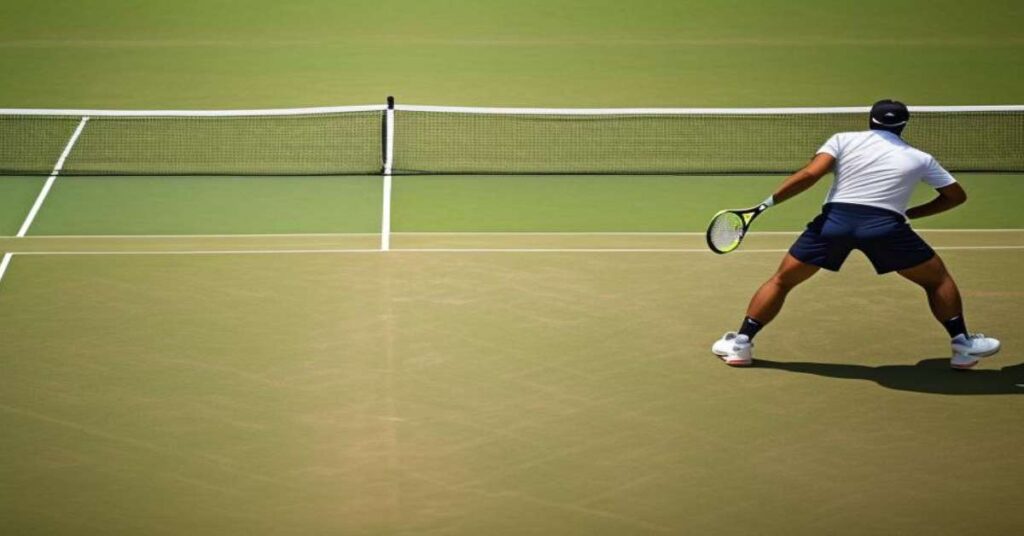
- Utilize rest for recovery and maintain fitness through continued therapy and practice.
- Analyze potential opponents, maintaining focus and readiness.
- Balance rest with structured practice to sustain match fitness.
Momentum and Mindset
A walkover’s impact on momentum and mindset varies:
- Positive Effects:
- Offers critical recovery time.
- Allows for enhanced preparation.
- Boosts confidence through advancement.
- Negative Effects:
- It may disrupt rhythm and readiness.
- It can interrupt momentum.
- This may lead to doubts about match fitness.






